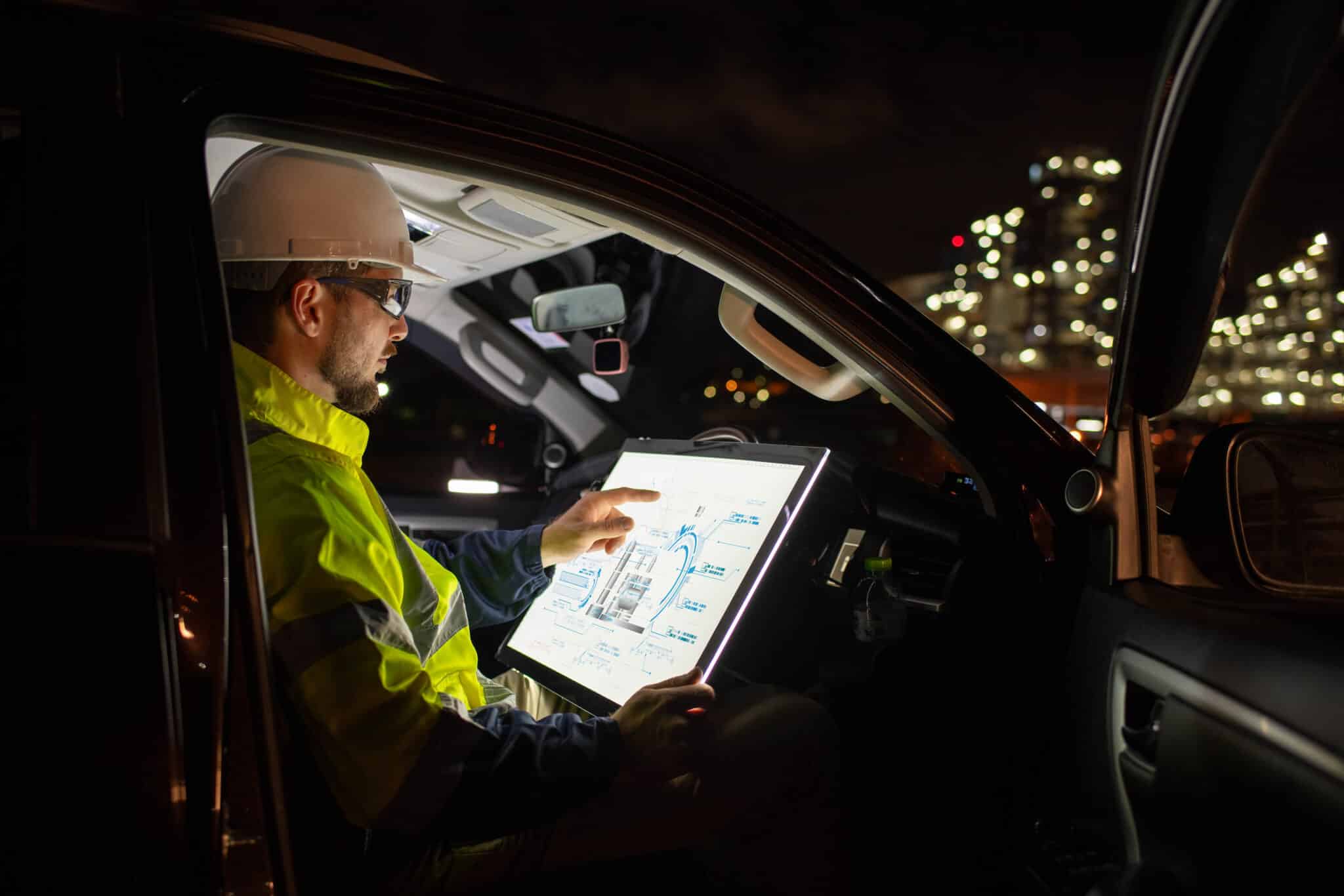Since the late 19th century, there have been significant advancements in the field of automobile technology. The first cars were basic and required human effort to start, lacking any advanced features. Nowadays, cars are sophisticated machines with cutting-edge technology that has completely changed our driving experience. In this article, we will delve into the latest innovations and upgrades in car technology that have revolutionized the entire automotive industry.
Electric And Hybrid Cars
One of the most significant changes in car technology in recent years is the development of electric and hybrid cars. These cars are powered by electricity stored in a battery and used to run an electric motor that drives the wheels. Unlike traditional gasoline-powered vehicles, electric cars do not emit harmful pollutants into the environment, making them more environmentally friendly. On the other hand, hybrid vehicles combine an electric motor with a gasoline engine, allowing them to use less fuel and emit fewer emissions.
Autonomous Driving
This technology and system allow vehicles to operate and navigate without human intervention. In other words, an autonomous vehicle can sense its environment, identify obstacles and traffic, make decisions, and control the vehicle’s movements on its own, without the need for a human driver. Autonomous driving technology relies on sensors such as cameras, radar, and lidar, as well as advanced software and artificial intelligence algorithms to analyze and interpret the data collected by the sensors. The vehicle’s control systems use this information to make decisions about steering, acceleration, and braking to navigate the road and avoid obstacles safely. Autonomous driving technology is still evolving, and there are different levels of autonomy. The Society of Automotive Engineers (SAE) has established a five-level classification system for autonomous driving, ranging from Level 0 (no automation) to Level 5 (full automation), with varying degrees of human involvement and responsibility required.
Advanced Driver Assistance Systems
Advanced Driver Assistance Systems (ADAS) refers to a set of technologies that are designed to assist drivers in the driving process and provide greater safety on the road. These systems use sensors and cameras to collect data about the surrounding environment and the vehicle’s performance and then provide feedback and assistance to the driver. ADAS technologies are becoming increasingly common in modern vehicles and are seen as an important step toward fully autonomous vehicles. They can help reduce the number of accidents caused by driver error, making the roads safer. Some common examples of ADAS features include:
- Adaptive cruise control (ACC) – maintains a safe distance from other vehicles by adjusting the vehicle’s speed.
- Lane departure warning (LDW) – alerts the driver when the vehicle drifts out of its lane.
- Automatic emergency braking (AEB) – applies the brakes to avoid or mitigate a collision.
- Blind spot detection – alerts the driver when a vehicle is in its blind spot.
- Rearview cameras – display a view of the area behind the vehicle to assist with reversing and parking.
- Parking sensors – provide audio and visual alerts to help the driver park the vehicle safely.
Vehicle-to-Vehicle Communication
Vehicle-to-vehicle (V2V) communication is another important innovation in car technology. V2V communication allows cars to communicate with each other and share information about their speed, location, and direction of travel. This technology can help prevent accidents by enabling cars to anticipate each other’s movements and avoid collisions.
Augmented Reality Displays
AR displays are becoming more common in cars, allowing drivers to see important information overlaid in the real world. For example, AR displays can show directions, speed, and other vital information without the driver taking their eyes off the road. These displays can also enhance the driving experience by providing virtual objects that appear as part of the real world, such as virtual speedometers or navigation markers.
Wireless Charging
This is an emerging technology that allows electric cars to charge their batteries without the need for a physical connection. Instead, wireless charging uses magnetic fields to transfer energy from a charging pad to the car’s battery. This technology can make it easier for electric car owners to charge their vehicles, as they won’t need to plug in a cable every time they need to charge their vehicles.
Advanced lighting System
These systems include LED headlights, adaptive headlights, and other advanced lighting technologies that can improve visibility and safety on the road. LED headlights are more energy-efficient than traditional headlights, while adaptive headlights can adjust their direction and intensity based on the car’s speed and driving conditions.
Conclusion
The automotive industry experiences ongoing advancements in car technology, bringing forth new innovations and upgrades on a yearly basis. These developments have the potential to completely transform the industry by enhancing car safety, improving efficiency, and promoting environmental friendliness.


